
Lot 13
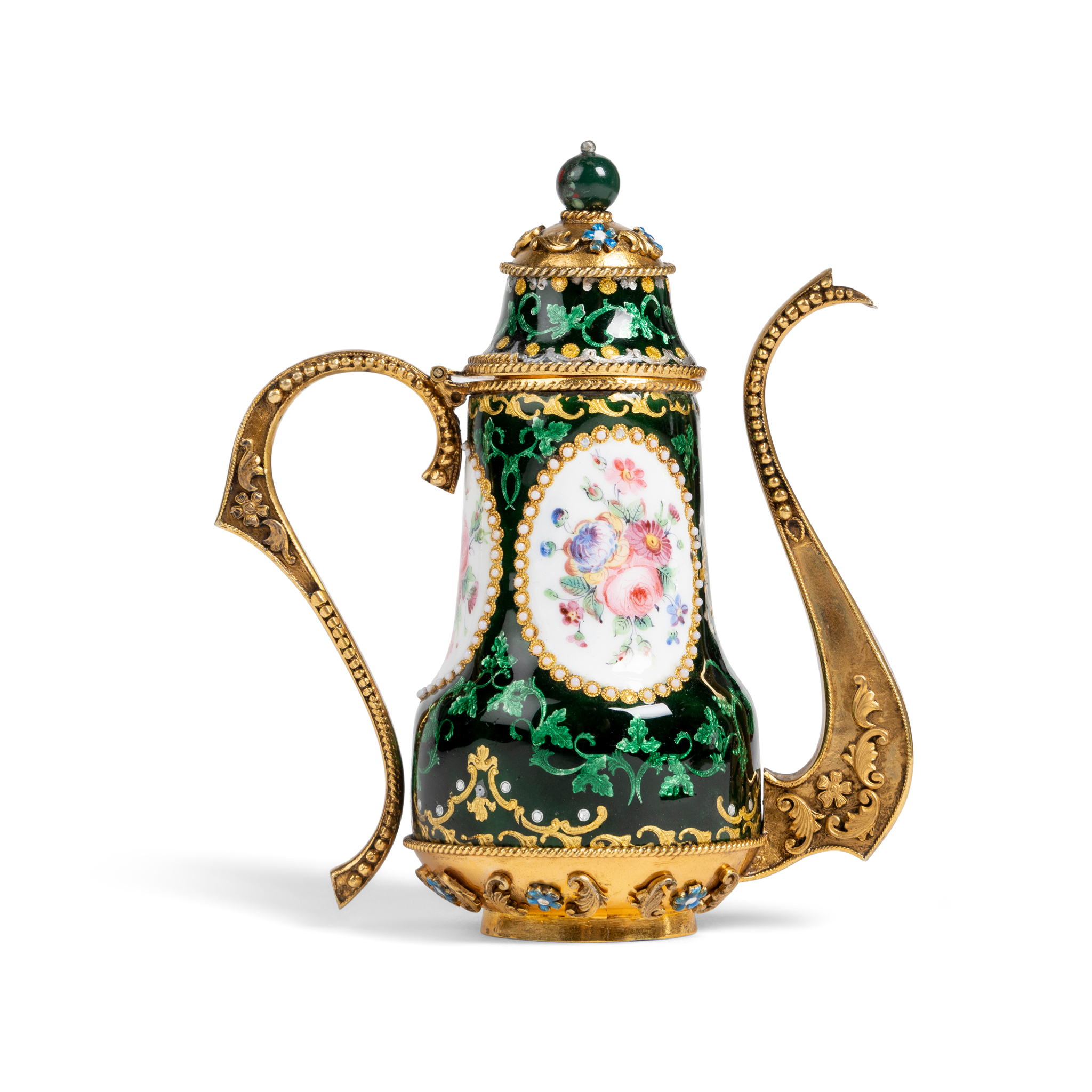
A RARE OTTOMAN SILVER GILT AND ENAMEL EWER MADE FOR THE RUSSIAN MARKET
OTTOMAN TURKEY, ISTANBUL, PALACE WORKSHOP, 19TH CENTURY

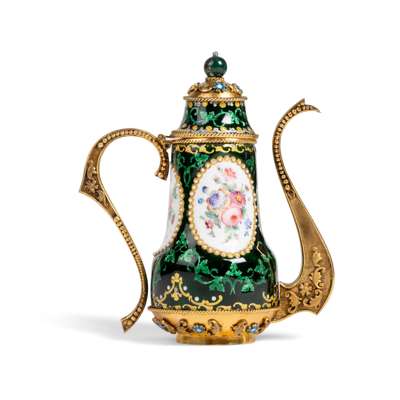

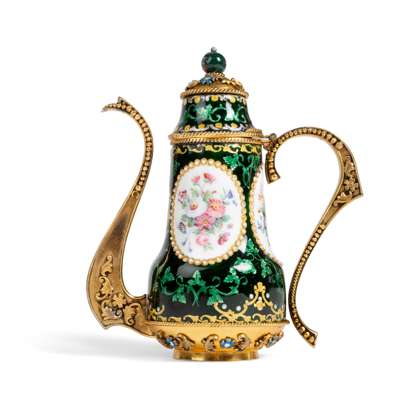


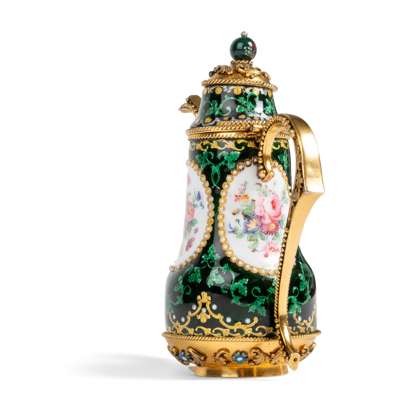


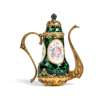
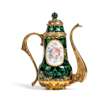
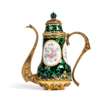
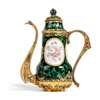
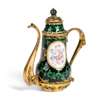

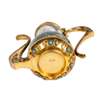
Auction: 10 December 2025 from 14:00 GMT
Description
of pear shape, with ‘s’ shaped spout and curving handle, the silver-gilt decorated in parts in relief with floral designs, the body enamelled floral medallions containing against a green background, base marked with pseudo-Russian-and-silver mark ‘84’
Dimensions
13cm high
Provenance
Private UK collection.
Footnote
The present ewer is a rare and extremely fine example of 19th-century Ottoman court workshop enamel, indicating the European influence on Ottoman taste. The origin of late Ottoman enamels is unclear, but it is known that many craftsmen working in this technique were invited from Central and Northern Europe to train with local masters.
The fabrication of enamel consists of crushing glass and applying it to the surface using a binder. The glass is then once again fired so that the crushed glass fuses to the surface by heating the enamel just to the extent of melting to the surface without re-melting it (Annales du 18e congrès de l’association internationale pour l’histoire du verre, pp.469-489). The use of this technique by Ottoman craftsmen led them to produce artefacts which could compete against - and even surpass - European imports made for the Middle Eastern market.
Just as Ottoman glassmakers crafted heavily-adorned, sophisticated and challenging objects such as flower vases, kettles, candlesticks, bowls and sweets containers, created to impress their patrons, similar examples exist decorated in enamel.
For comparable 19th century Ottoman palace workshop enamelled pieces in the Topkapi Palace Museum, Istanbul, see Michael Rogers et al, Topkapi – The Treasury, Thames & Hudson, 1987, nos. 96 and 113 (entries pp. 203, 205).
The floral design is also associated with the painted porcelains made at the Imperial factory in Istanbul in the mid-19th century. These enamelled courtly objects in the Topkapi Palace treasury include: a dessert service which includes a tray, two covered cups, a pot and three spoons (inv. no. 7600), a rosewater flask (inv. no. 3501), and a writing set (inv. nos. 2/769/778). See ibid., entries pp. 203, 205, illustrations nos. 96, 97, 98 and 113. Please also see the exhibition catalogue, Istanbul: The City and the Sultan, exhibition catalogue, De Nieuwe Kerk, Amsterdam, 2006, p. 108, no. 136. and p. 128, no. 183.















